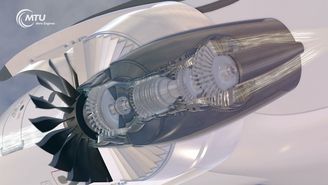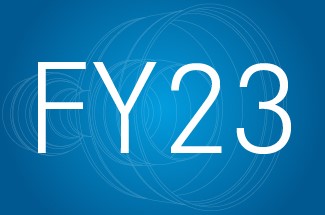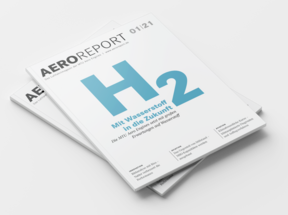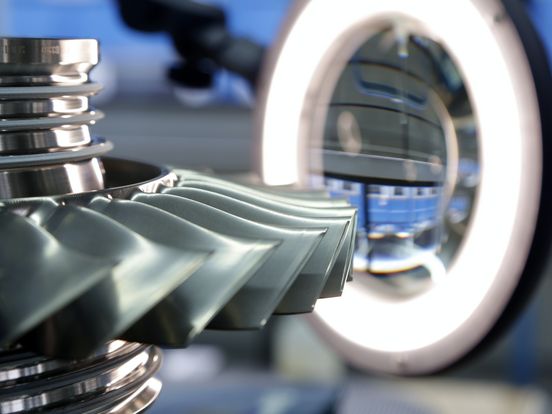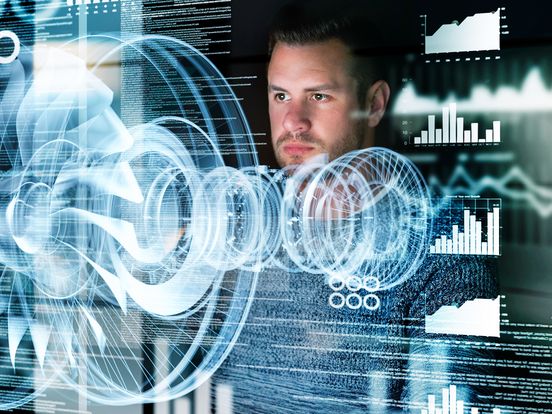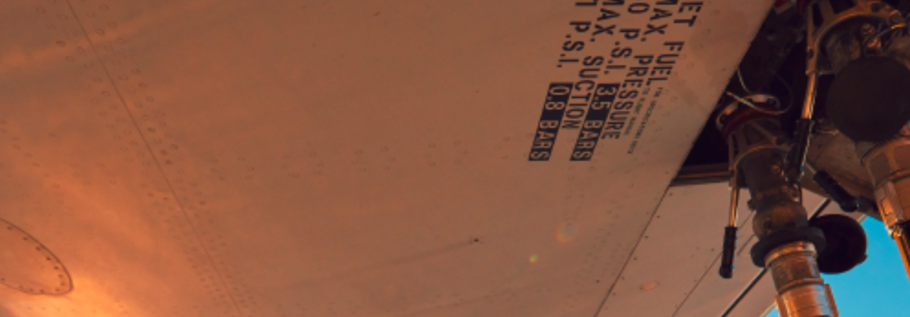Eco-efficient engines
As Germany’s leading engine manufacturer, we take a holistic view of product stewardship. For us, this is reflected above all in the development of new propulsion concepts and technologies that not only meet the highest quality and safety standards but also make commercial air travel even more environmentally sustainable—cleaner, quieter and more efficient. Emissions-free flight is the overall goal.
Our products operate efficiently and are extremely safe in service. We manufacture them using safe processes that are as eco-friendly as possible. Our maintenance work follows the same rules.

